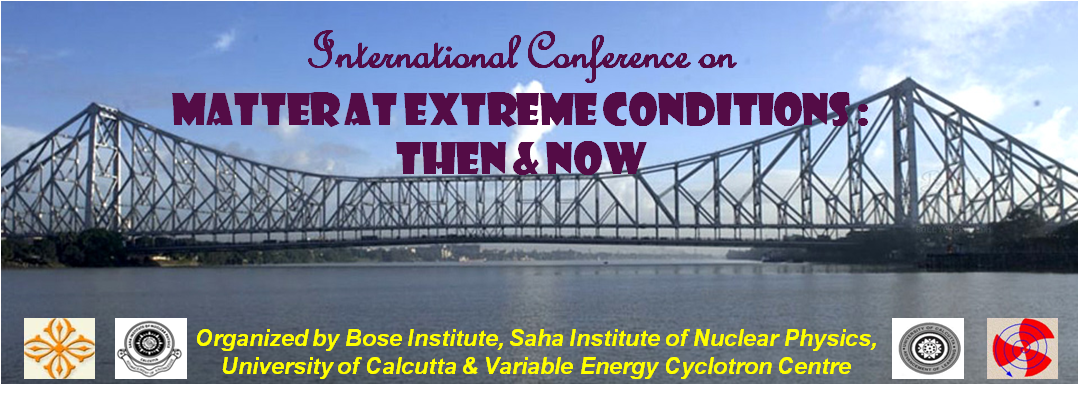Speaker
Prof.
Daniel Cebra
(UC Davis)
Description
Collisions between relativistic heavy-ions (gold or lead) are energetic enough to vaporize the participating neutrons and protons creating an equilibrated plasma of quarks and gluons. This plasma is thought to be similar to the state of the universe about one microsecond after the big bang. The existence of this deconfined partonic phase has been well established an the top energies available at the Relativistic Heavy Ion Collider (RHIC) and the Large Hadron Collider (LHC). However, this plasma is a new and complicated phase of matter; the nature of the force between objects operating under the color force is quite different from those interacting through the electromagnetic force, which has driven our understanding of what it means to be 'matter' or to be a 'phase of matter'. Although we have made progress in understanding the nature of hot dense nuclear matter, there are still important open questions about how the matter undergoes the transition between a quark-gluon plasma and a hot hadronic gas. If the plasma has an equal mix of quarks and anti-quarks, lattice QCD calculations now tell us that there will be a crossover transition. However, in heavy-ion collisions, we create systems with an excess of quarks, and under these circumstances we expect a first order phase transition, the termination will be a critical point. In 2010 and 2011, RHIC performed a scan of several beam energies in order to map the QCD matter phase diagram. This talk will report on the conclusions drawn from that program and outline what remains to be done.
Author
Prof.
Daniel Cebra
(UC Davis)
